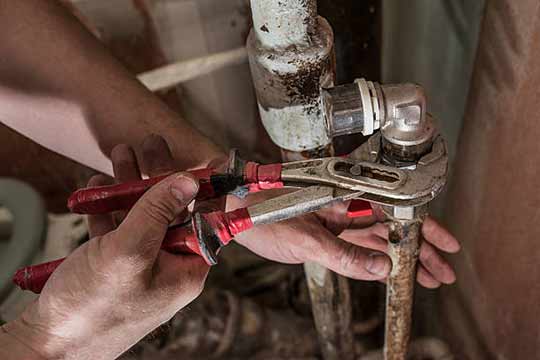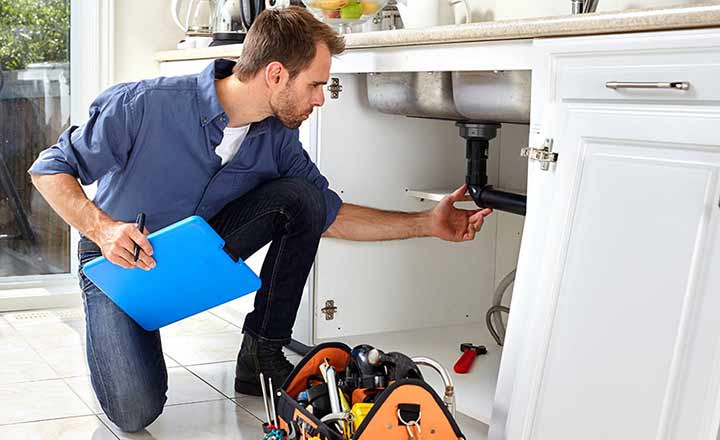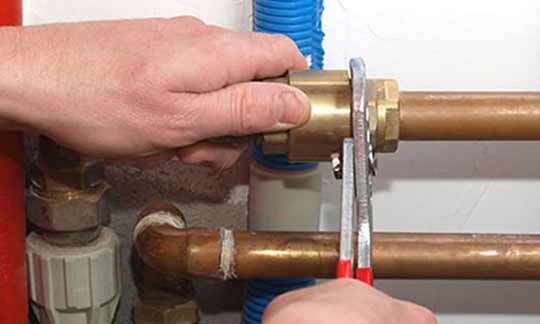
Here we will explore the challenges faced in repairing plumbing systems in older homes and discuss possible solutions to overcome these challenges. Older homes often have unique plumbing infrastructure and materials that require specialized knowledge and techniques. The purpose of this article is to provide guidance and insights to homeowners, plumbers, and anyone involved in the repair and maintenance of plumbing systems in older homes.
The Importance of Plumbing Repair in Older Homes
Plumbing systems play a crucial role in any home, and this is especially true for older homes. As homes age, their plumbing systems tend to deteriorate and become less efficient. They are more susceptible to leaks, clogs, and damage, potentially causing significant issues such as water damage, mold growth, and even structural damage.
Regular maintenance and timely repairs are essential to ensure the functionality and longevity of the plumbing system in older homes. Neglecting plumbing problems can lead to costly repairs and compromise the safety and comfort of the residents.
Challenges in Repairing Plumbing Systems in Older Homes
Repairing plumbing systems in older homes presents unique challenges due to several factors. Let’s explore some of the most common challenges:
Outdated Plumbing Materials
Many older homes were constructed using materials that are no longer in common use. These materials, such as cast iron, galvanized steel, and lead pipes, may present various challenges during repairs. For example, lead water pipes may need to be replaced due to health concerns, while corroded galvanized steel pipes may cause reduced water flow and require extensive repairs or replacements.
Inaccessible Pipework
The layout and design of older homes often make it challenging to access and repair the plumbing system. Pipes may be hidden behind walls, under floors, or in crawl spaces, which may require additional effort and expertise to address any issues. The need for accessing these hidden areas can result in additional costs and may involve temporary disruptions to the residents.

When repairing plumbing systems in older homes, it’s essential to comply with modern plumbing codes.
Multiple Plumbing Code Updates
Plumbing codes have evolved significantly over the years to ensure safety and efficiency. When repairing plumbing systems in older homes, it’s essential to comply with modern plumbing codes. This may involve updating the system to meet the current standards, such as installing pressure regulators, backflow preventers, or additional shut-off valves.
Fragile and Aging Components
Components of the plumbing system, such as faucets, valves, and fixtures, typically have a limited lifespan. In older homes, these components are often older and more susceptible to wear and tear. Replacing these fragile and aging components requires careful handling to avoid further damage while ensuring compatibility with the existing system.
Possible Solutions
While repairing plumbing systems in older homes can be challenging, there are several solutions to address these difficulties and ensure the longevity and quality of the repaired system:
Hiring Experienced Plumbers
Hiring experienced plumbers who specialize in working with older homes can make a significant difference. These professionals possess the necessary skills, knowledge, and expertise to navigate the challenges specific to older home plumbing systems. They can efficiently diagnose issues, offer suitable solutions, and carry out repairs with minimal disruption to the residents.
Thorough Inspection and Planning
Before commencing any repairs, it is essential to conduct a thorough inspection of the entire plumbing system. This inspection will help identify potential issues and develop a comprehensive repair plan. By investing time in meticulous planning, homeowners and plumbers can prioritize repairs, estimate costs accurately, and minimize unforeseen surprises during the repair process.

Replacing outdated materials, such as lead pipes or corroded steel, with modern, durable, and code-compliant materials can enhance the reliability and safety of the plumbing system.
Upgrading Plumbing Infrastructure
In some cases, upgrading the pipes in older homes may be necessary. Replacing outdated materials, such as lead pipes or corroded steel, with modern, durable, and code-compliant materials can enhance the reliability and safety of the plumbing system. Upgrades may also involve installing shut-off valves, pressure regulators, and other components to meet current code requirements.
Preserving Historical Features
For owners of historical homes, preserving the unique character and aesthetic features of the plumbing system is crucial. Experienced plumbers can work closely with preservation experts to find innovative solutions that blend modern functionality with the historical charm of the home. By carefully considering preservation needs, homeowners can maintain the integrity of their older homes while improving the plumbing system.
Regular Maintenance and Preventive Measures
Prevention is key to minimizing plumbing issues in older homes. Implementing a regular maintenance routine and conducting preventive measures, such as having your drains professionally cleaned by way of a hydro jetting service, pipe insulation, and periodic inspections, can help identify potential problems early on and prevent major repairs down the line. Homeowners should also be mindful of their water usage habits and avoid putting undue stress on the plumbing system.
Summing it Up
Repairing plumbing systems in older homes requires specialized knowledge, skills, and techniques due to the unique challenges they present. However, with the right approach and professional assistance, these challenges can be overcome effectively. By focusing on thorough inspections, careful planning, and utilizing suitable solutions, homeowners can ensure the reliability, safety, and longevity of their plumbing systems in older homes. Regular maintenance and preventive measures also play a vital role in preventing major issues and preserving the charm of these cherished homes for generations to come.